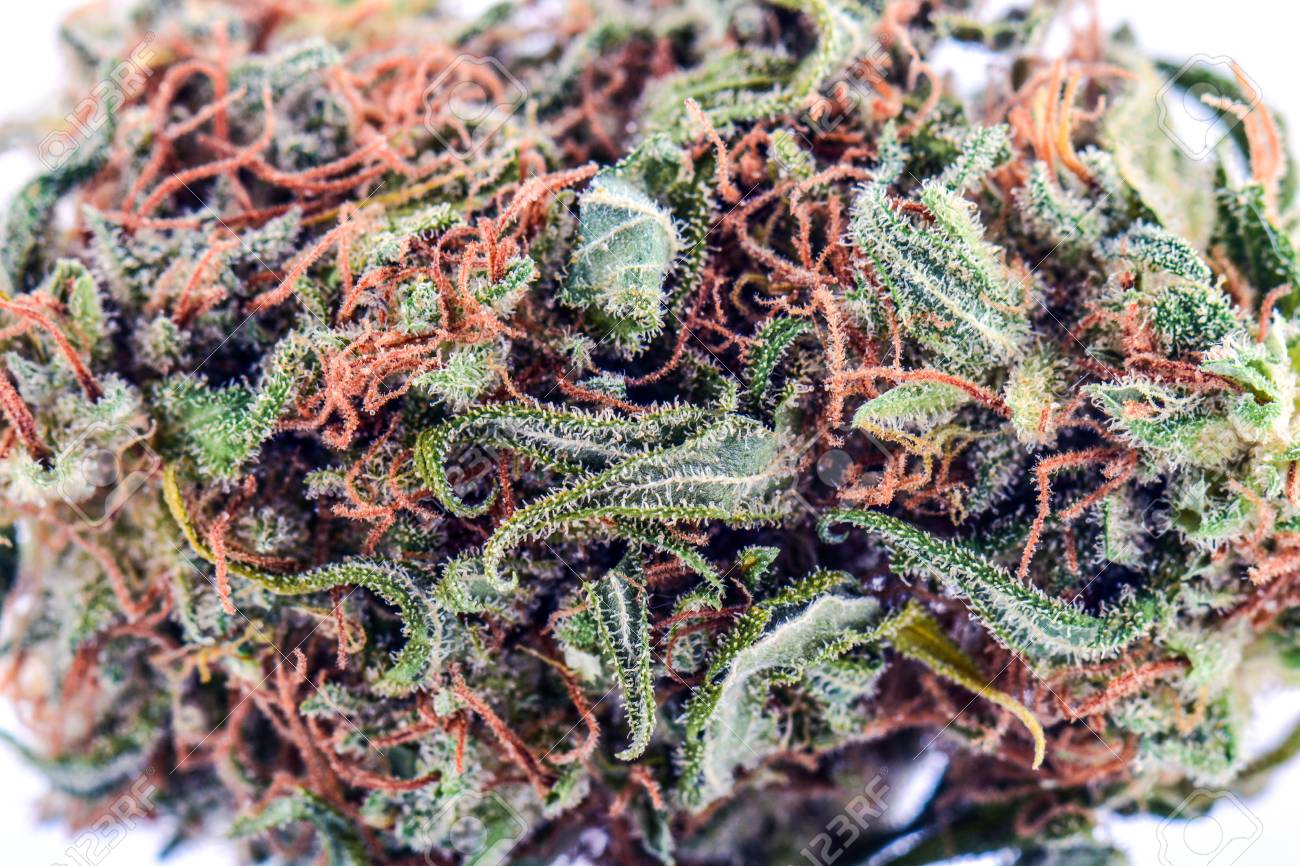
While all three of the major cannabis strains can be classified into three major categories, each with their own individual characteristics and effects, the debate continues to rage between Indica cannabis users versus Sativa users. While there is no real “right” answer in the matter, the pros and cons of each have far reaching effects on the lives of many cannabis users. Some things like the effects of Indica vs. Sativa are very easily determined, while other things like differences in chemical varieties can be more difficult to discern. Many people do seem to focus on the differences between Indica and Sativa, and it seems that there are generally five major groups of strains with differing effects. These include Lemon Haze, Lemon Grass, Cinderella, Skywalker, and Green Crack.
The main difference between Indica Vs. Sativa Vs. Hybrid is that Sativa is a grass type plant, while Indica is a flowering vine type plant. When you get high from smoking marijuana plants, the most common result is a trip through a tunnel where the drug travels through the system from the lungs up to the brain. With Indicas, the effects are more sedative and overall relaxation, as well as a noticeable decrease in coughing and gas. This is because the plant has been bred for medical purposes and does not contain any ingredients which create that effect. The medical reasons for which the Indica is used range from helping people who suffer from arthritis and coughing to reducing the possibility of having a stroke or seizures in those who are suffering from those conditions. Some users also swear by the healing properties of the weed plants, especially when compared to medicinal marijuana.
Another thing to keep in mind when looking at the differences between Indica and Sativa are the differences in climate and environments in which they grow. Sativa is typically found in warmer climates, like in the Southwest and Northern California, whereas Indica can grow in different climates including the Midwest, Mississippi Valley, and a few parts of the Northeast. Hybrid strains between the two species happen to be more commonly found in warmer climates and southern parts of the United States, specifically around New Orleans and along the Gulf Coast states. They are typically slower to grow than their counterparts, but their full potential is usually unlocked when exposed to the same growing conditions. Some hybrid strains even outdo their indica and sativa counterparts in terms of potency.
In general, the more versatile a plant is, the more useful it is. With a type of cannabis plants ranging from a couch potato ( indica vs. sativa ) to the nimble ( hybrid strains ) to the hardy ( indica vs. hybrid), it only makes sense that they should all be able to thrive and bring many different types of benefits to the table. It’s interesting to see the types of strain that are currently on the market, each with its own unique traits and potential for individualization. Many people are discovering the joys of hybrid strains, and not just because of the potential medical uses. These individuals are discovering the joys of having a plant that can grow and produce different results, allowing them to tweak the way that they enjoy their medicine.
Some of the more popular hybrid strains out there are Saint-Remy, Lemon Meringue, French Polish, Purple Coneflower, and Cheese Cake. All of these have strong indica-like effects, and some of them have stronger hybrid-like effects. Some of them, like Saint-Remy, are full of the goodness of French Polish, but only get the French Polish effects when they are fully grown. Other great hybrid strains include Lemon Meringue and Cheese Cake, which are very similar in many ways. The question is, if you want full-bodied, French Polish-type effects, will you sacrifice the health benefits of the Indica?
Some people are opting for pure genetics versus taking care to find a plant that will produce the desired effect with little effort. These people are finding the best way to grow their Indica plants in their gardens is by growing them indoors in warm climates. Growing Indica plants outdoors can require a lot of work, and many indoor plants will become stressed and susceptible to diseases and pests. Indica strains from indoor gardeners are getting more popular each year, because indoor gardens need to be better cared for than outdoor gardens.